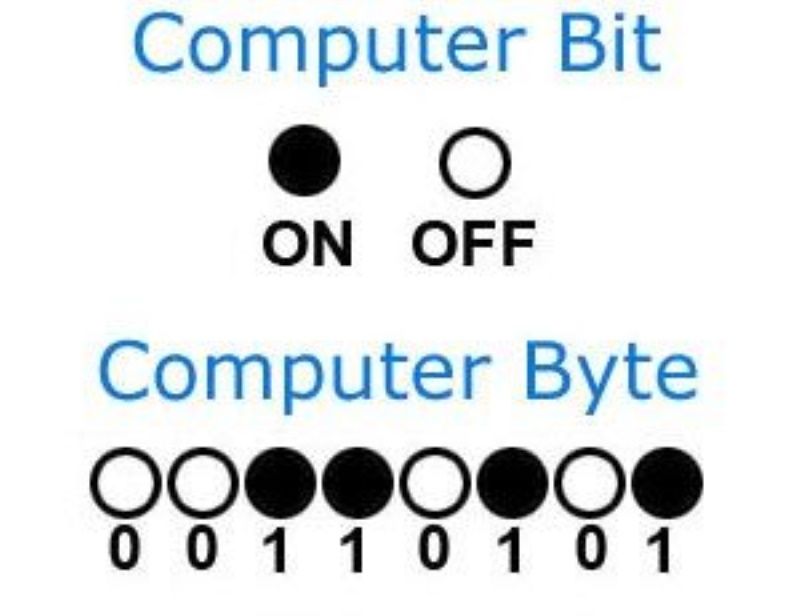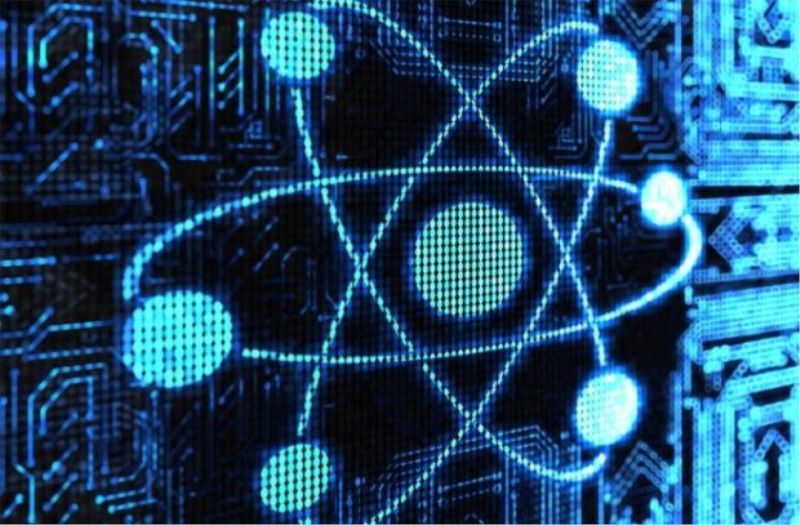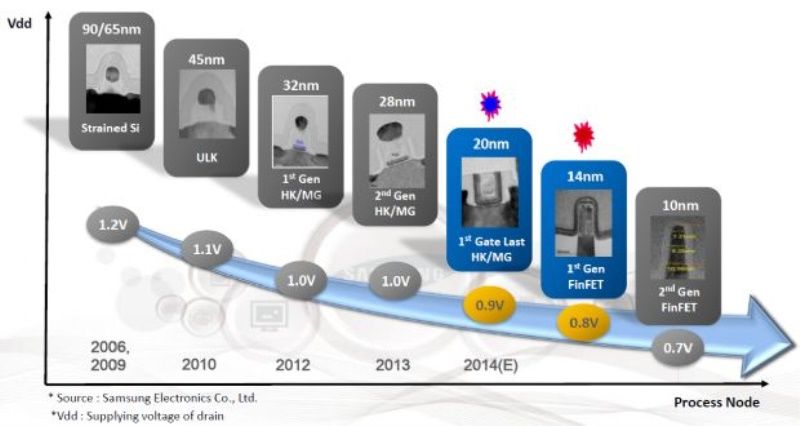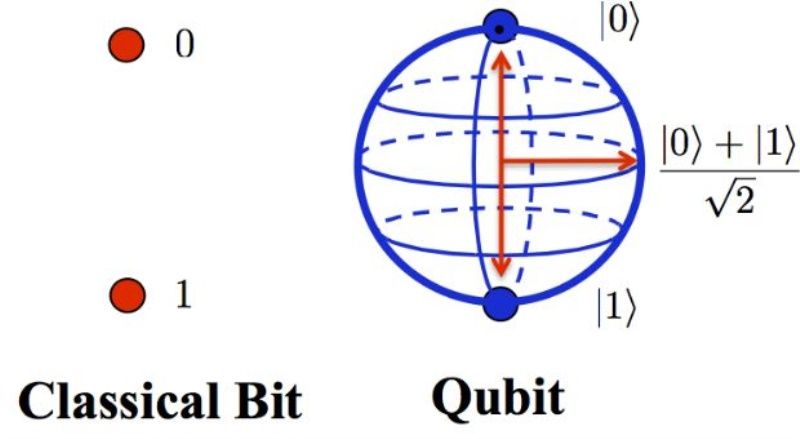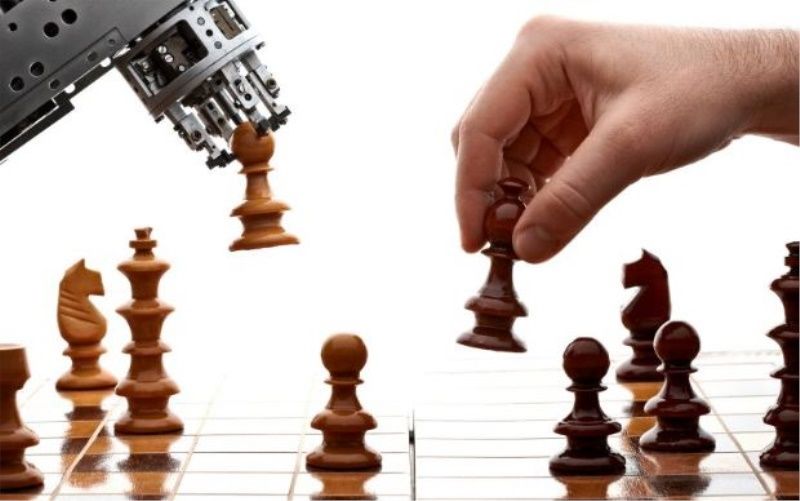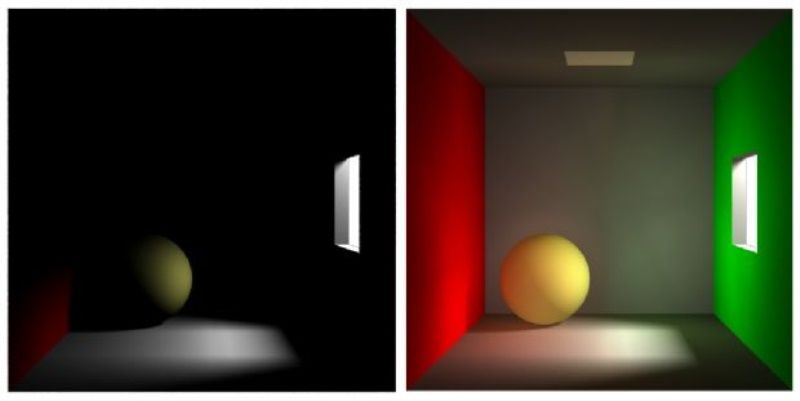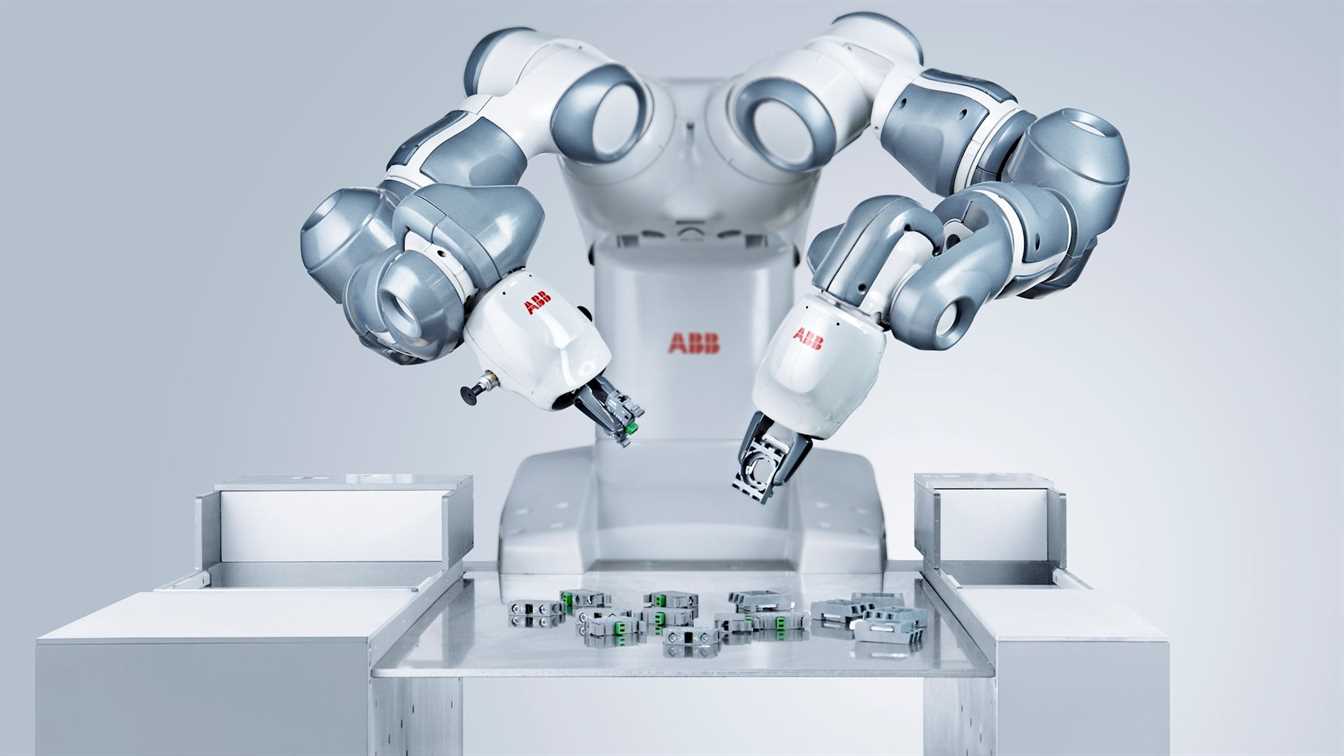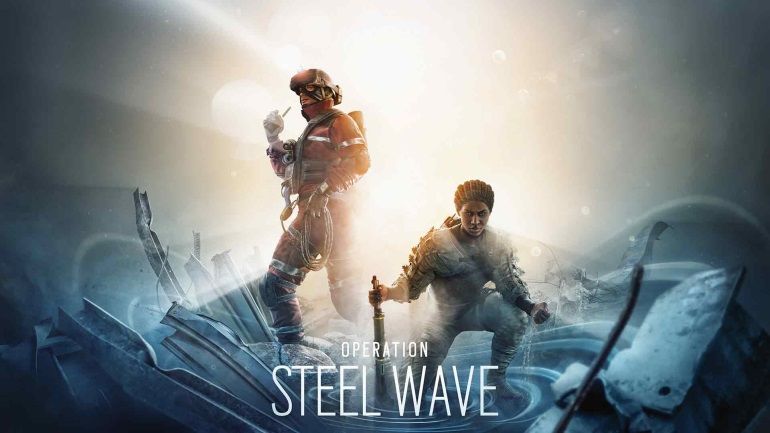Is the Quantum Computers the future of gaming?
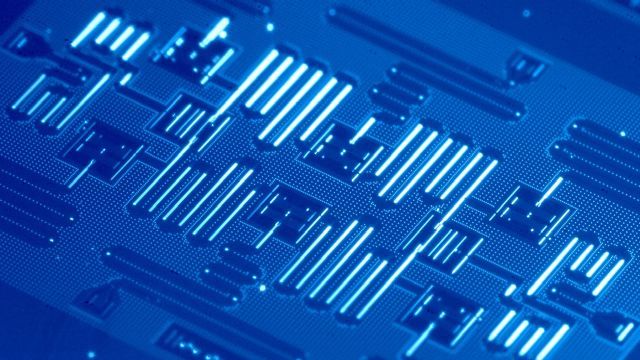
Quantum Computers, one of the most popular topics of recent years, is seen as the miraculous machines that can do all the operations we do in our minds instantly, millions of times faster than the computers we use, have extraordinary artificial intelligence and speed up every process we do. But is this really the case? Are Quantum Computers really millions of times faster than the computers we use? In order to answer these questions, let us briefly answer what is Quantum Computers, how it works, and how it distinguishes from standard computers. I say briefly because I need to write a book-size article to tell full of its logic.
Is the Quantum Computers the future of Gaming?
First of all, let me summarize how the normal computers work on the basis. If we compare normal computers to a human body, we can liken the transistors in computers to human body cells. So transistors are the cornerstone of computers. For example, when we press the “A” key, a signal goes from our keyboard to the USB or keyboard port of our computer. This outgoing signal is actually like an electric current similar to the Morse code. Each keypress sends a “1” byte size signal. This consists of 8 bits in a Byte, and each bit can be either “1” or “0“. With different combinations of these, the computer understands what the key is and makes the operation we want. For example, when we press the “A” key, the bits that go to our computer are: “01100001“. These 0 and 1’s corresponds to the letter “A”. The physical equivalent of each bit in the signal is an electron. So if there is an electron then the bit is “1” otherwise “0”. However, because of “0” and “1” are the maximum bits on these standard PCs, more transistors are needed to analyze them in order to perform higher capacity operations.
Gordon Moore, one of the founders of Intel, published in Electronic Magazine in 1965 that the number of transistors will double on the integrated circuits every 24 months. He predicted that this would cause large increases in transaction capacities and also that production costs would not increase and his prediction had been justified by the name Moore’s Law in time. However, over time, such questions as is Moore’s Law dying have begun to come up. Transistor sizes up to 10 nanometers can now be mass-produced. The biggest pioneer of this is mobile platforms. Because as the size of the product decreases, the amount of power consumed decreases and as a result, the products that consume less power can be produced. Quantum Tunneling is seen in Logic Gates when the production architecture is below 7 nanometers. Quantum Tunneling can simply be understood as a phenomenon in which particles can move through an obstacle that must be impossible to overcome. In other words, the oddities of the quantum world begin to emerge when architecture is below 7 nanometers. This does not mean that we cannot go below 7 Nanometers, Manchester University created a 1 nm transistor in 2006. However, it looks like Moore Law will still lose its claim of “24 months”, after going below 7 nanometers, it will take longer to double the number of transistors.
Let’s remember the bits at the beginning of the article. Each bit could be “1” or “0“. And every 8 bits was equivalent to “1” byte. In Quantum Computers, there are no “1” or “0” bits. Instead, bits can be both “1” and “0” at the same time. There can be bits which are not 1 and not 0 at the same time called “Qubits” and the scientific equivalent of the “Qubits” are superposition. Now, this situation can’t be explained as how I explained the situation where we press “A” on our keyboard. But I can give an example to simplify. The user pressed the “A” key, but he could actually wanted to press “S”. I (Quantum Computer) let me understand this action as both A and S, but let me give the desired result. But the main problem here is how Quantum Computer will understand what you are trying to achieve. For this purpose, Quantum Computers can be used with a support normal computer that learns your habits. For example, a normal computer could understand what you actually want to do and give a result and Quantum computers could learn your actions with the support of the normal computer, when you do the same action again Quantum computer could give an immediate result. That’s why we don’t seem to be able to use quantum computers as normal computers.
Artificial Intelligence and Quantum Computers
I know I talked a lot. However, it was necessary to make a small introduction to quantum and standard computers so that I could tell how it would work on games. As we have noted, the contribution of quantum computers to gaming technologies is not predictable in the near future. From what we know for know, the first contributions of Quantum Computers in the game world may be on artificial intelligence in games. For instance, the artificial intelligence of standard computers is based on processing the moves that we can do in response to the moves we have made and reaching the most effective results. For example, in an FPS game where you encounter more than 5 enemies, artificial intelligence calculates the most appropriate positions according to your position and takes action to reach the most effective result. In this case, they can retract, take cover or try different tactics, such as flanking you. However, as we have stated, this process is done in order, so they are waiting for you to make a move then do the calculation, losing time during the calculation. But Quantum Computer can calculate the possibilities of moves you and it did and can do at the same time, resulting with the best move it can do. This can lead to situations which you lose to AI no matter what you do. In this case, along with the balances to be made, we can encounter millions of times more effective and successful artificial intelligence than the most successful artificial intelligence we now see.
Can Quantum Computers improve graphics?
What about the graphics? Can Quantum Computers improve graphics in games? I do not think so. Because the Quantum Computer’s working principle or focus is not much more than probabilistic operations, it is not designed to do sequential and precise operations, such as graphics. But this does not mean that we will see no improvement. One of the most challenging effects of graphics cards today is the Global Illumination effect. What is this effect? Briefly, the beam emitted from a light source illuminates the target object and remains there when Global Illumination is not used. When Global Illumination is used, this beam of light can be deflected from the object it hits, as in real life. Of course, this effects results with more realistic graphics. On standard computers, this is done in order. The beam emerges from the light source, reaches the object, deflects according to the collision angle to the object, the GPU calculates this operation and displays the result. Quantum Computer can calculate all the potential deflections of the light at the same time and bring all the possible results to the screen at the same time. With this burden taken out of the GPU, much more realistic results can occur.
I think there are minimum 10 years for these situations to be real. Now it seems that Quantum Computers, which cannot go beyond breaking passwords for now, need a really long time to understand our commands or to collaborate with standard computers. And it is likely that we will see the unified standard and quantum computers before seeing Quantum Computers on its own in the future.
I don’t want to lengthen the article anymore. There may also be many errors in the article. You can specify any errors you see in comments. I would gladly make the necessary editings. Let’s see if the Quantum World will make a revolution in the entertainment industry.
